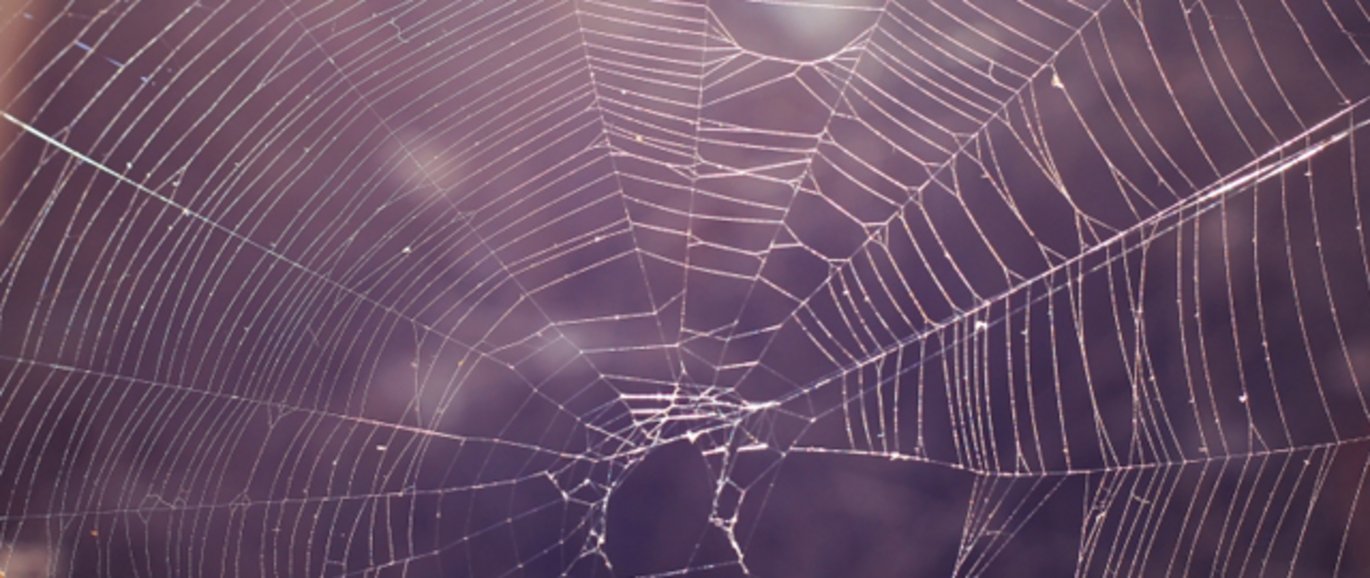Spider silk is acid
In collaboration with an international team of researchers, Professor Daniel Otzen, iNANO and MBG, has come closer to the ‘recipe’ for spider silk. The liquid protein material in the abdomen of the spider gradually becomes more and more acidic as it approaches the spinnerets.


All over the world, researchers are competing to find out the ‘recipe’ for the perfect spider web. Spider silk actually has a number of properties that could also be useful to humans. It is light, elastic, biodegradable and stronger than steel.
A team of researchers led by the Karolinska Institute in Stockholm – and with the participation of Professor Daniel Otzen, Aarhus University – has come a step closer to using spider silk to make ultralight and extremely strong bullet-proof vests, ropes, wound dressings, and many other beneficial products. Their discoveries have just been published in Nature Communications.
One of the many mysteries of spider silk is how the liquid, syrupy protein material in the spider’s silk glands can solidify and form the well-known strong fibroin thread within a second of leaving the spinneret.
More and more acidic
It was previously known that there is a connection to the acidity in the liquid. Inside the silk gland, the pH value of the liquid is 7 and is thus neutral – i.e. neither acidic nor alkaline – but on its way to the spinneret, it becomes more and more acidic, so the pH value gets down to approximately 5.5 (about the acidity of rainwater) the moment it leaves the spider.
The research team has now studied how the acidification actually gets the protein molecules to form stable contact with each other so they can form a web. The researchers used specimens of the South African species Euprosthenops australis – commonly used in spider web research. This large spider is approximately 10 cm in diameter, including the legs, and it produces a strong dragline.
Protons in one end
A material becomes more acid when its concentration of hydrogen protons is higher, which happens when hydrogen atoms release their single electron.
The protons accumulate in one end of each protein, making this end of the protein positively charged. The positive end attracts the end of the neighbouring protein that has no protons, while the other end of the neighbouring protein attracts the opposite end of its neighbour, etc. In this way, they start to form chains (polymers), which become fibroin.
The process takes place gradually as the pH value falls, and the bonds are so weak to start with that any construction errors can be corrected. At the same time, the spider makes sure that the fibroin is not formed inside its body, but only solidifies once it has left the spinneret, where it is needed.
Read more about the new research results (in Danish only) at Videnskab.dk.
Link to the scientific article in Nature Communications
For more information, please contact
Professor Daniel Otzen
Interdisciplinary Nanoscience Centre (iNANO) and Protein Biophysics Group, Department of Molecular Biology and Genetics (MBG)
Aarhus University, Denmark
dao@inano.au.dk - +45 2072 5238
